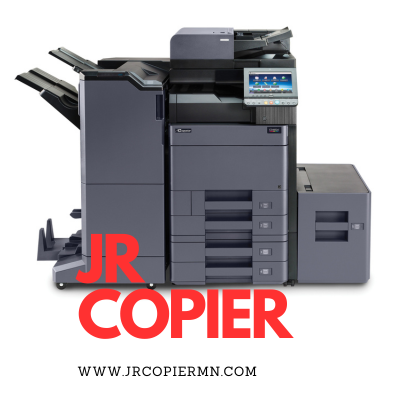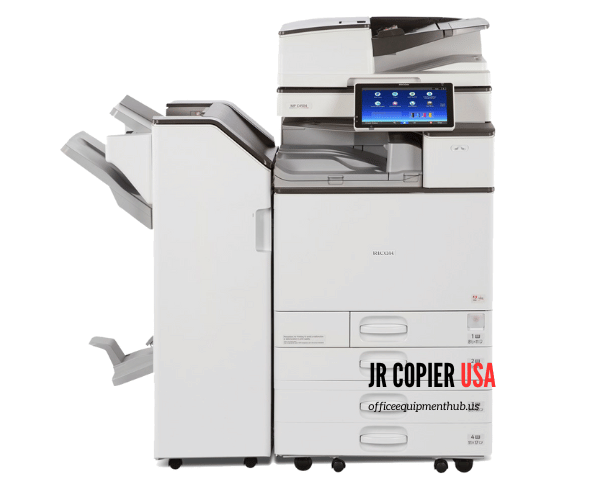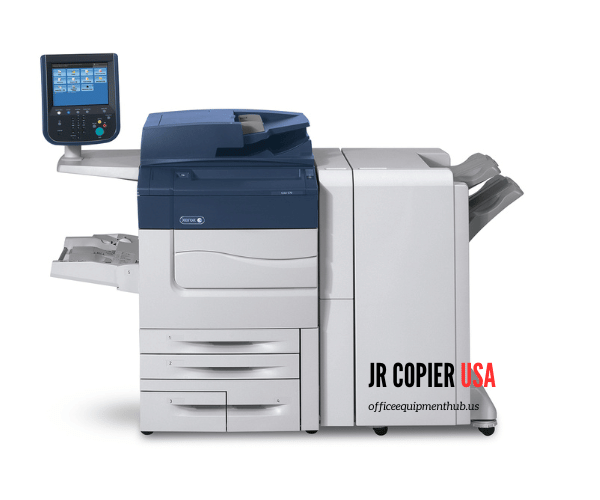


Upgrading your office copiers can improve efficiency and workflow. But should you buy or lease? In California, both purchasing and leasing copiers have advantages for businesses.
Purchasing copiers allows you to own the equipment. Benefits of buying can include:
Buying works best if you print high volumes and want to use the copiers long-term. Be sure to account for maintenance and future replacement costs.
With leasing, you pay a monthly rate to use the equipment. Copier leasing offers advantages like:
Leasing is optimal if you want to conserve capital or need the flexibility of short or mid-term contracts. Just be mindful of lease extension or buyout fees.
Major copier manufacturers include:
Compare copier specs like print speed, document feeder capacity, scanning abilities, running costs, and durability ratings.
To find the best deal, get quotes from several authorized copier dealers in California. National chains like Xerox often offer competitive pricing. But local dealers sometimes match or beat pricing while providing more personalized service.
Consider both purchase price and long-term operating costs when comparing bids.
When negotiating copier acquisition, try to:
Know your budget and be persistent to get the optimal deal on buying or leasing your business copiers.
Carefully read any purchase order or lease agreement before signing. Look out for:
Having an attorney review contracts can help identify areas requiring negotiation or that may adversely impact your business.
Do your homework to negotiate favorable terms so your new copiers improve efficiency at an affordable cost.
Orange County is located in southern California, just south of Los Angeles County. According to the Wikipedia page on Orange County, its population was 3,175,692 as of the 2020 census making it the 6th most populous county in California. The county seat and most populous city is Santa Ana. Other major cities include Anaheim, Irvine, Huntington Beach, and Newport Beach.
The area that is now Orange County was originally inhabited by the Tongva and Juaneño/Luiseño ethnic groups. The first Europeans to visit the area were members of a Spanish sailing expedition led by Portuguese explorer Juan Rodriguez Cabrillo in 1542. The county itself was officially formed in 1889 from parts of Los Angeles County. It was named for its bountiful citrus groves.
For more on the history of Orange County, visit the Orange County Historical Society website.
Contact the Orange County Historical Society at:
Orange County Historical SocietySome of the major industries and employers in Orange County include:
For more on the economy and business in Orange County, visit the Orange County Chamber of Commerce website.
Contact the Orange County Chamber of Commerce at:
Orange County Chamber of CommerceSome of the most famous landmarks and attractions in Orange County include:
Here is an embedded Google Map showing the locations of these landmarks:
The main public transportation system in Orange County is the Orange County Transportation Authority (OCTA). This agency operates bus routes throughout the county.
The Orange County Public Library system has 33 branches located throughout the county. Visit the OC Public Libraries website to find the branch nearest you.
Some of the top museums in Orange County include:
Here are some of the major employers in Orange County along with their addresses and phone numbers:
Orange County is located in the state of California. Visit the Orange County government website for more information:
County of OrangeThere are over 20 public school districts within Orange County. Some of the largest are:
Follow Orange County on Facebook and Twitter for news and updates.
Root for local sports teams like the Anaheim Angels and Anaheim Ducks!




One cost-effective option is leasing copiers instead of purchasing them outright. Leasing spreads costs over time, includes maintenance, and allows for easy upgrades.
Research and partner with reputable copier suppliers or leasing companies known for offering high-quality, reliable copiers.
The best choice depends on your specific requirements. Evaluate factors like budget, usage volume, and desired features to determine if leasing, purchasing, or renting is ideal.
Leasing offers benefits like lower upfront costs, maintenance included, flexible terms, and easy equipment upgrades.
Compare lease offers from different providers, negotiate terms, and consider refurbished or lower-volume models for affordability.
Ensure the lease aligns with your business needs, choose the right leasing company, and maintain the copier properly to maximize its utility.
Leasing provides budget flexibility, access to advanced technology, tax advantages, and eliminates the hassle of equipment disposal.
Assess your usage, budget, and service requirements. Read lease terms carefully, negotiate when possible, and choose a reputable leasing company.
Opt for a fair market value lease, consider energy-efficient models, negotiate service agreements, and assess your true copier needs to save costs.